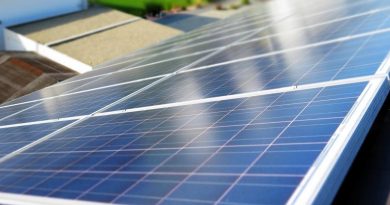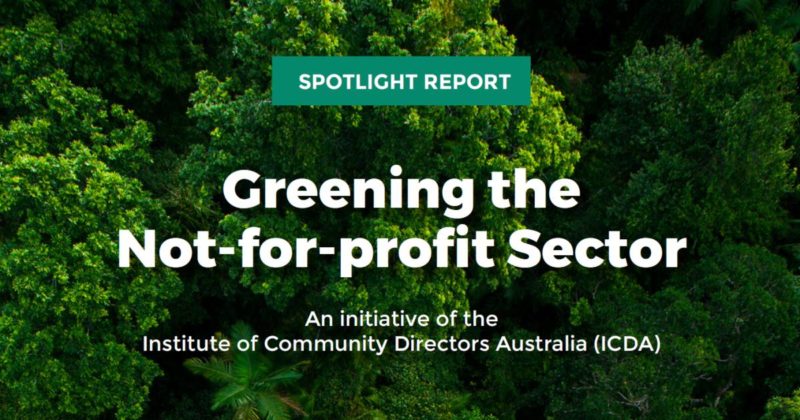Debunking The Screams Of “Sun Tax!”

Export charges for solar energy in Australia have elicited some strong negative reactions and misinformation – including referring to these charges as a sun tax.
Solar energy exports are reaching levels in some parts of the grid during the 10am – 3pm period that they are becoming difficult to manage and could potentially pose a threat to network stability. Export charges applied during this window will act as a signal to system owners to self-consume more of the energy they generate during this time.
Export charges have been on the cards for quite a while. Back in 2021, provisions in the National Electricity Rules (NER) prohibiting Distributed Network Service Providers (DNSPs) from charging for energy exported to the grid were removed.
But DNSPs can’t just charge what they want, how they want and when they want. In May 2022, the Australian Energy Regulator (AER) released final Export Tariff Guidelines that included guidance on customer protections and the need for any two-way pricing proposals to be justified. Any export tariff plans must be approved by the AER a long time in advance and must have a basic export level – an amount of electricity that a customer will be able to export to the grid at no cost – good for at least ten years.
Ausgrid As An Example
New South Wales electricity distributor Ausgrid is introducing two-way pricing/tariffs for energy exports across its network, and it won’t be the only one. Ausgrid’s two-way tariffs involve a carrot and stick approach.
The carrot is rewarding solar owners with a payment or credit of 2.3 cents/kWh for exports during the peak demand period (4pm to 9pm), which would be in addition to any feed-in tariff. The stick is an export charge of 1.2 c/kWh between the hours of 10am and 3pm. But there will also be an amount of electricity a solar household can send into the Ausgrid network between these times that will not attract a charge.
Even though there’s a “free threshold” and higher payments for exports during peak, many have chosen to focus on the export charge. That’s understandable as nobody likes charges. But it’s important they are framed correctly and the reasoning behind them understood.
To provide an idea of the financial impact, in Ausgrid’s case it says a typical solar customer with a 5kW system (granted, small by current standards) – will see a net cost impact of $6.60 a year1.
Unless a system owner is getting a 0c feed-in tariff, which is unlikely, they’ll basically just be getting less feed-in tariff unless there’s sufficient offset from export rewards during late afternoons and evenings. And for years now, the real value of having a solar power system has been through avoiding consuming expensive mains electricity; not feed-in tariffs.
Why Not Just Upgrade Electricity Infrastructure?
Years ago, there was much criticism of networks spending a bunch of bucks on “gold-plating” parts of Australia’s electricity infrastructure. To avoid the need for export charges, much more of this very costly work would need to happen (infrastructure would need to be “platinum-plated”) and those costs would be passed on to all energy consumers.
What About Using Remote Shutdown Capabilities?
The ability for a DNSP to remotely shut down or throttle systems when solar energy exports are dangerously high have already been implemented in a few states. Some are approaching remote shutdowns (aka emergency backstop) better than others. But the idea behind these “big red buttons” is they are only used as a last resort, not part of business as usual. Altering consumer behaviour is preferable, but at least remote shutdown capabilities will still be there in extreme situations.
Better Get A Home Battery?
If a solar battery suits your energy consumption profile, needs, desires and budget, go for it. But for some, a much cheaper solution may be a device such as Catch Control (formerly known as Catch Solar Relay).
So, Why Is Calling This A Sun Tax Wrong?
Words matter. Yelling “sun tax!” only serves to stir up folks unnecessarily, promote confusion and misinformation, and may even discourage some households from installing solar panels – even though the hit will be small compared to the financial benefits of having a system.
In a nutshell, calling export charges a sun tax or accusing electricity companies of charging for sunlight is incorrect. Sunlight is free – where these export charges apply, you will only be charged (likely taken off your feed-in tariff rate/credit) if you choose to send your self-generated electricity over and above the free threshold into the grid at certain times of the day, which is a very different thing.
Footnotes
- A little bird tells me SolarQuotes will be releasing a calculator next week that will tell you exactly how much the impact/savings on bills will be if you are subject to export charges; so stay tuned. ↩
Original Source: https://www.solarquotes.com.au/blog/debunking-sun-tax-mb2941/


















